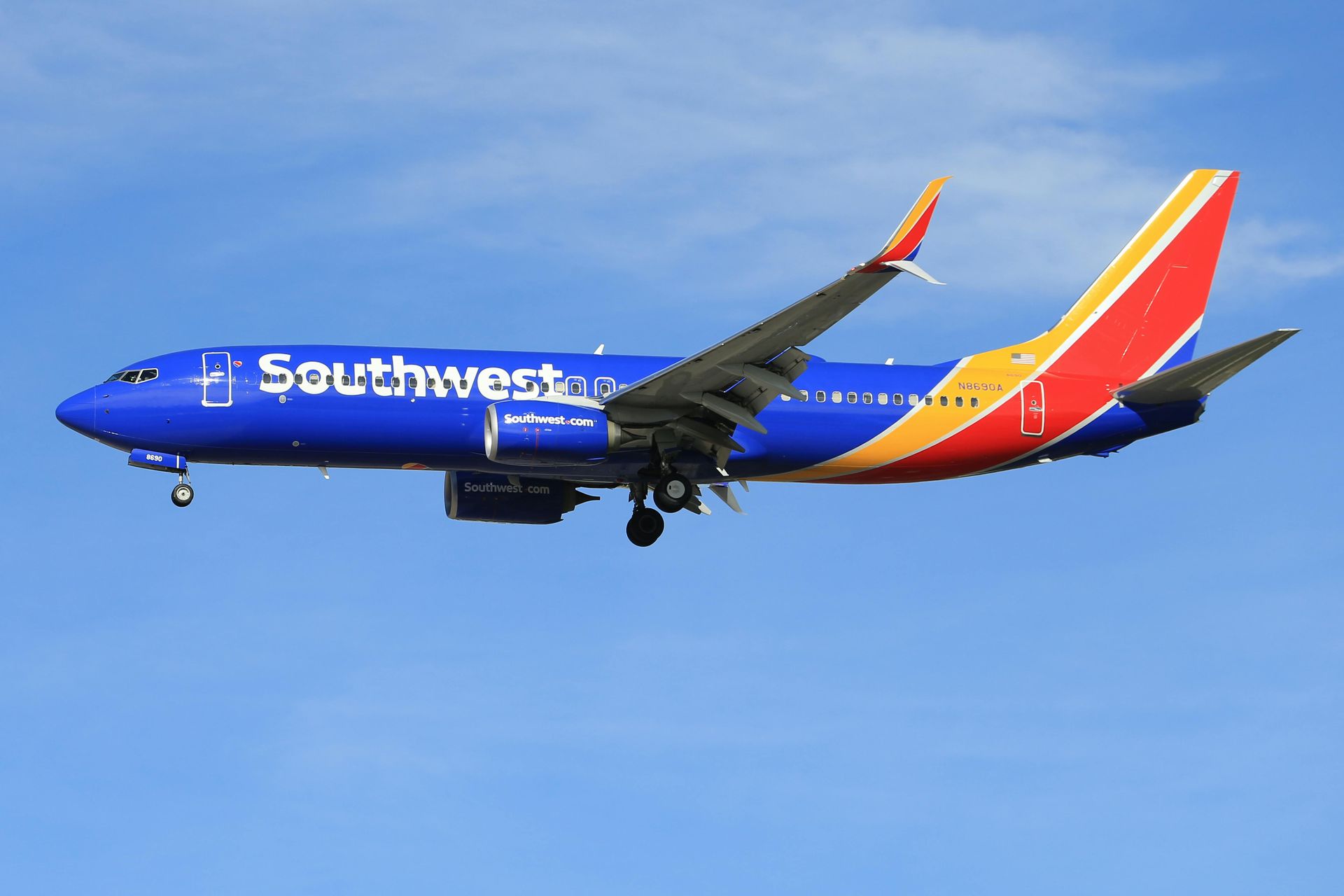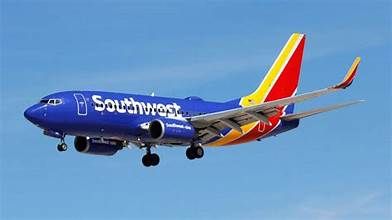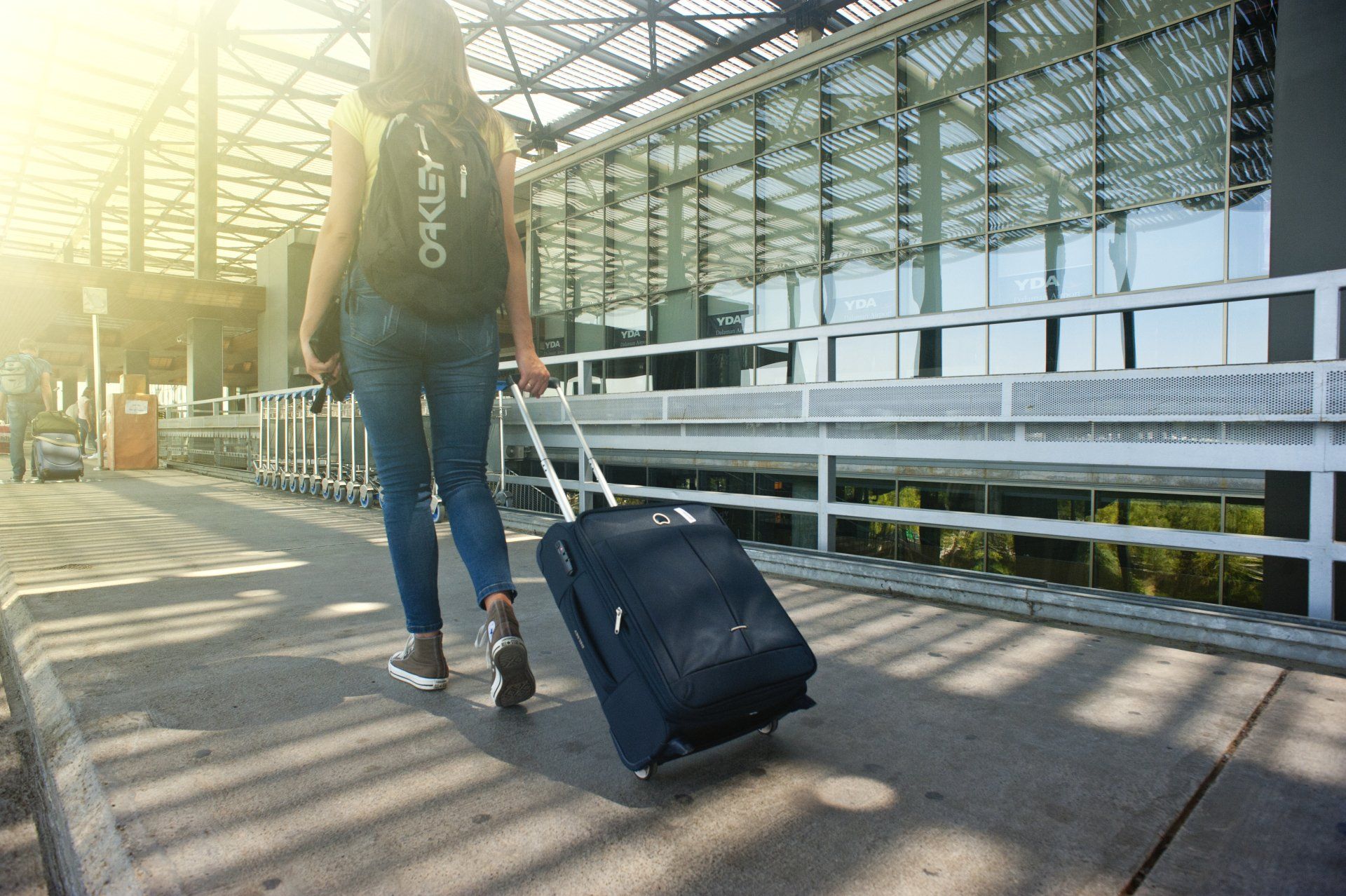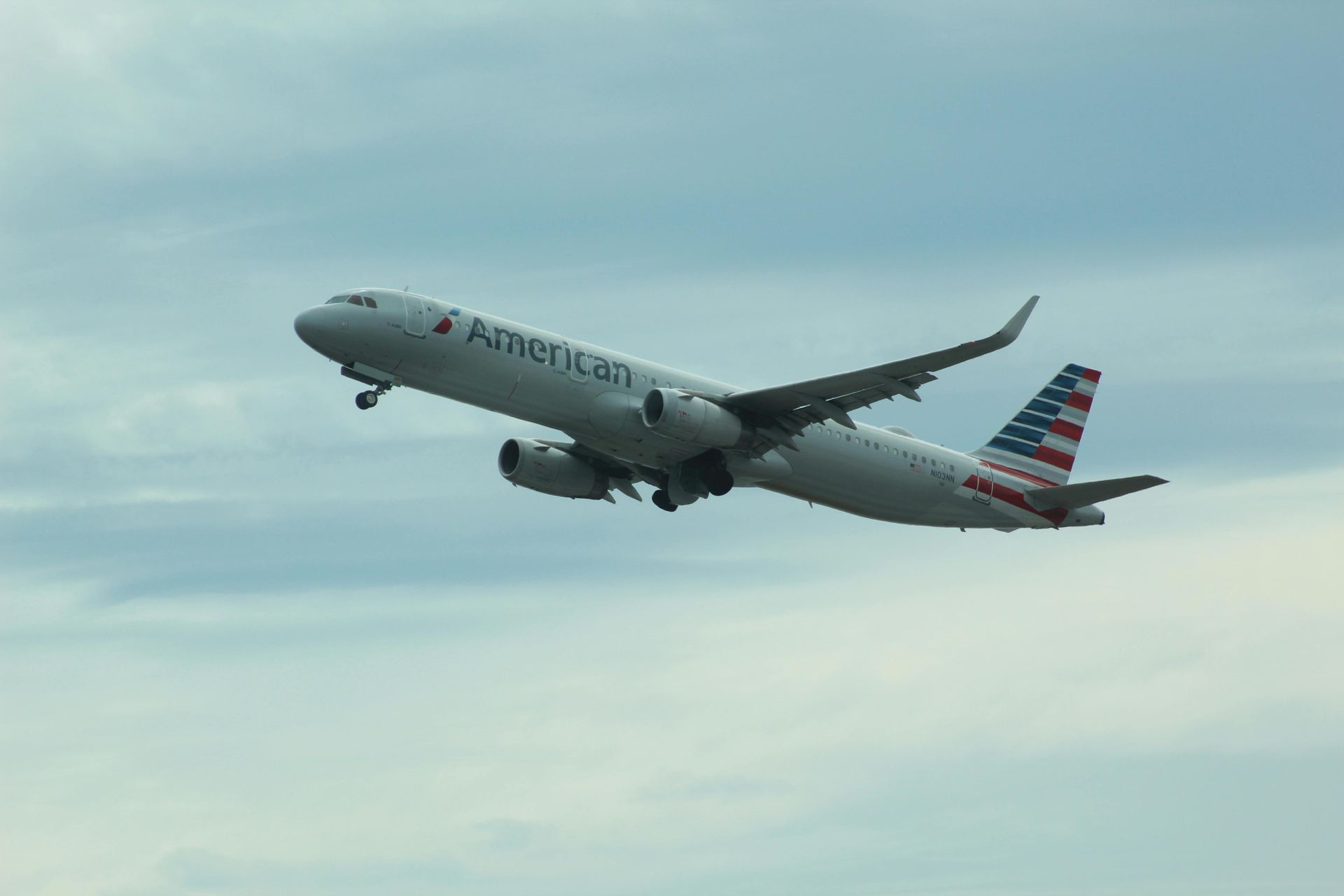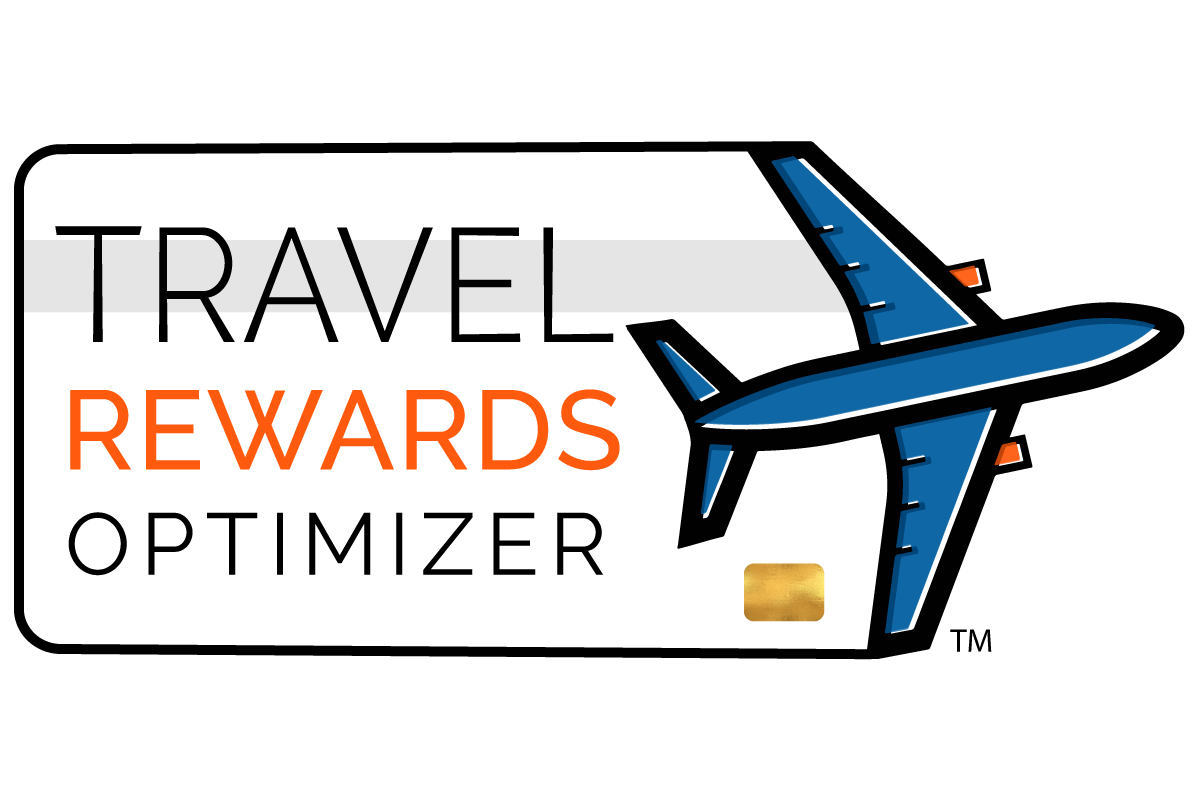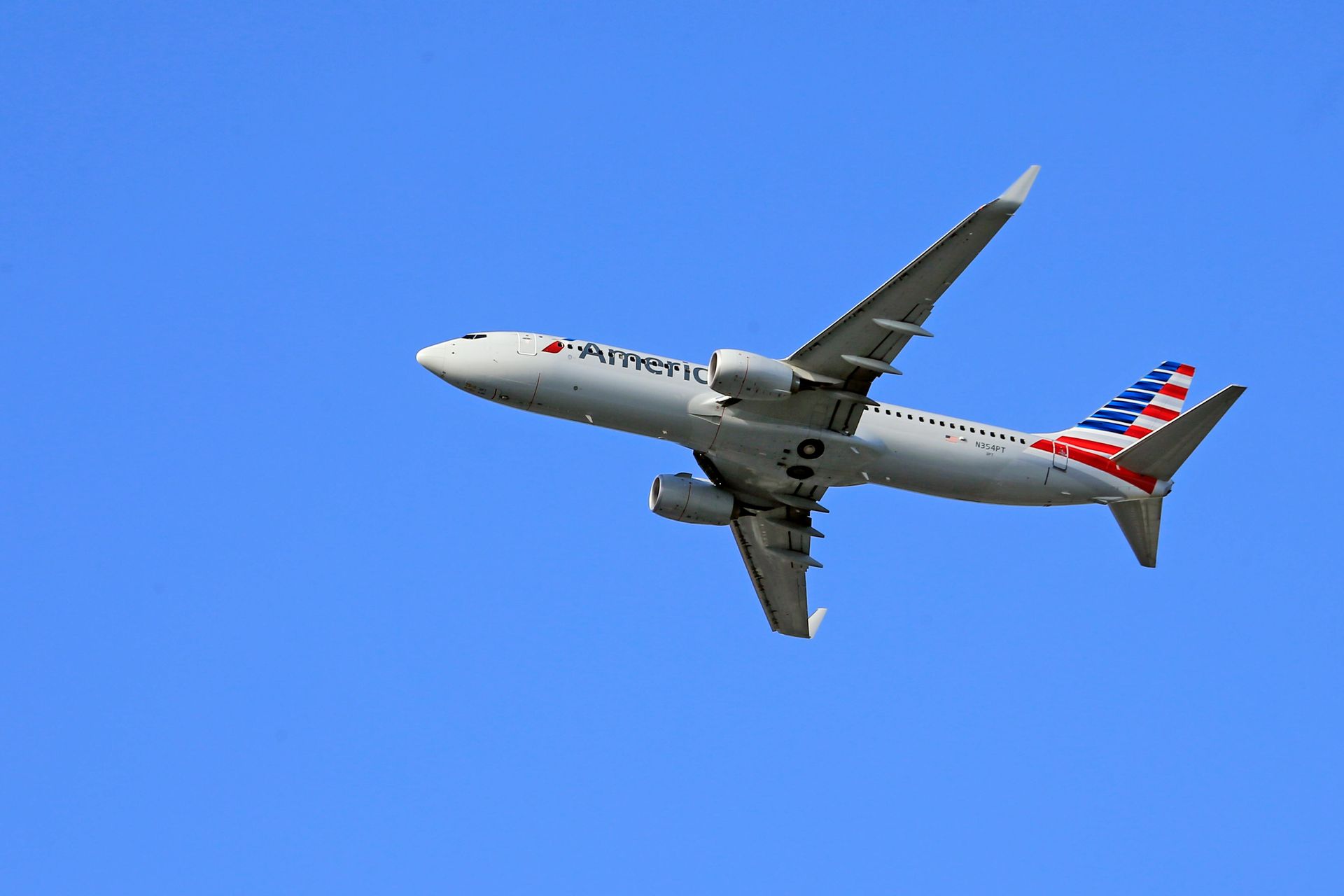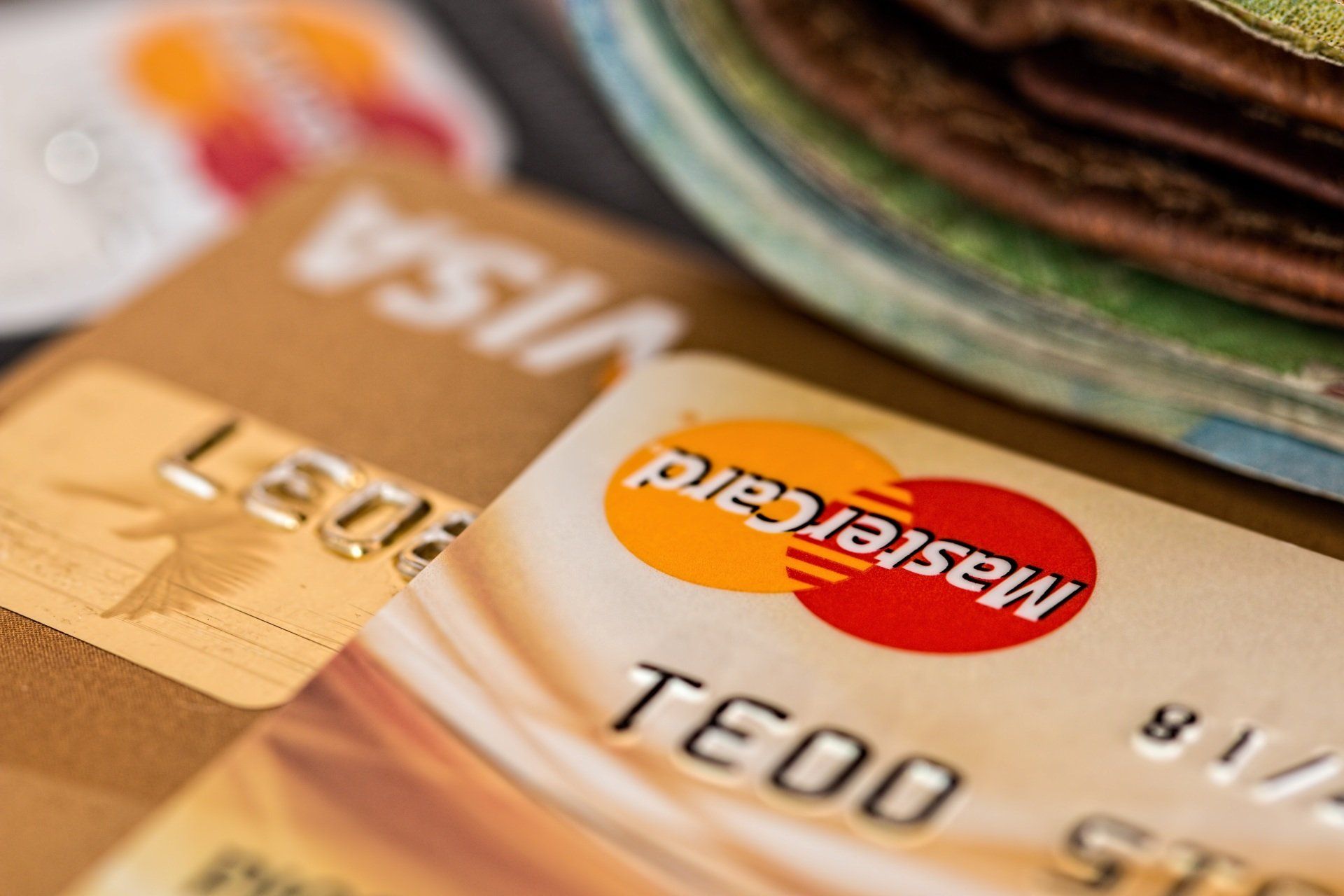Marriage and Travel Rewards: When 1 + 1 > 2 in the Points and Miles Game
Travel Rewards Optimizer plans can leverage powerful household synergies
I recently learned that October is the most popular month for weddings. It just so happens that Ms. Optimizer and I had an October wedding (more than a few years ago). We had a great honeymoon but, as I was not yet playing the points and miles game very effectively, the only free part of the entire trip was one international round-trip ticket purchased with Northwest Airlines miles.
Oh, to have known what I know now about the impact that points and miles can have on a young couple’s travel budget.
Getting hitched presents tremendous opportunities for both the use and accumulation of travel rewards. The use side is self-evident as many new couples take honeymoons. The average amount spent on a honeymoon is $5,000 and 60 percent of couples leave the continental United States. Without a doubt, and especially for those traveling abroad, airfare is a significant part of the budget. And resorts and hotels take another large bite. Obviously, having points and miles in place can lower the cost of the post-nuptial trip or allow the couple to think in terms of more luxury, more exotic locations, or more time.
There are also opportunities on the accumulation side as the average wedding cost (based on the most recent data) is almost $30,000. That level of spending on a range of products and services means that the credit card is going to be coming out often. Given the scale of purchases, it makes sense to use a spending strategy geared to the types of travel rewards you want to pursue. Additionally, this period of unusual spending might be a time to consider applying for new cards that are offering good sign-up bonuses (SUBs) since the SUBs often require meeting spending thresholds of several thousand dollars.
The benefits of marriage in the points and miles game continue after the wedding and this is where the title of this post (1 + 1 > 2) comes into play. When we create a Travel Rewards Optimizer plan for a couple (or a household), having a second person who can apply for credit cards creates powerful synergies that can yield more travel rewards than the sum of what two individuals could generate alone.
- Credit card applications can consider household income or the funds that you will have access to for paying statements. The higher household income of two earners could give you access to more generous and productive credit cards.
- Many credit card issuers allow you to pool their proprietary flexible points with other household members so you can utilize points and miles faster and more efficiently. Also, some airline loyalty programs let household members pool miles.
- Because you can use your points and miles to purchase flights and hotel rooms for others, different household members can spread out their participation in loyalty programs to cover more airlines and hotel networks. (Ex: One member handles United, Hyatt, and Chase programs while the other handles Delta, Hilton, and American Express programs.)
- For credit cards that offer useful benefits, one household member can hold the card and designate the other(s) as authorized users (AU). Even with fees for AUs, this is less expensive than it is for two household members to hold the same card.
- Some cards offer referral bonuses so household member who refers can collect the bonus while the other household member collects the sign-up bonus.
So, if you are a couple planning to get married, consider a Travel Rewards Optimizer plan to provide guidance for generating free travel from your credit card spending. Perhaps, if you are having a lengthy engagement, that guidance might be used soon enough to significantly reduce the cost of your honeymoon. And, you can certainly put a Travel Rewards Optimizer plan on your wedding registry for your future travel together.
*While most of this post discusses households in the context of married couples, the advantages and synergies of creating plans for multiple individuals can apply to a range of households.
We are ready to help you turn your routine credit card spending into the travel of your dreams

